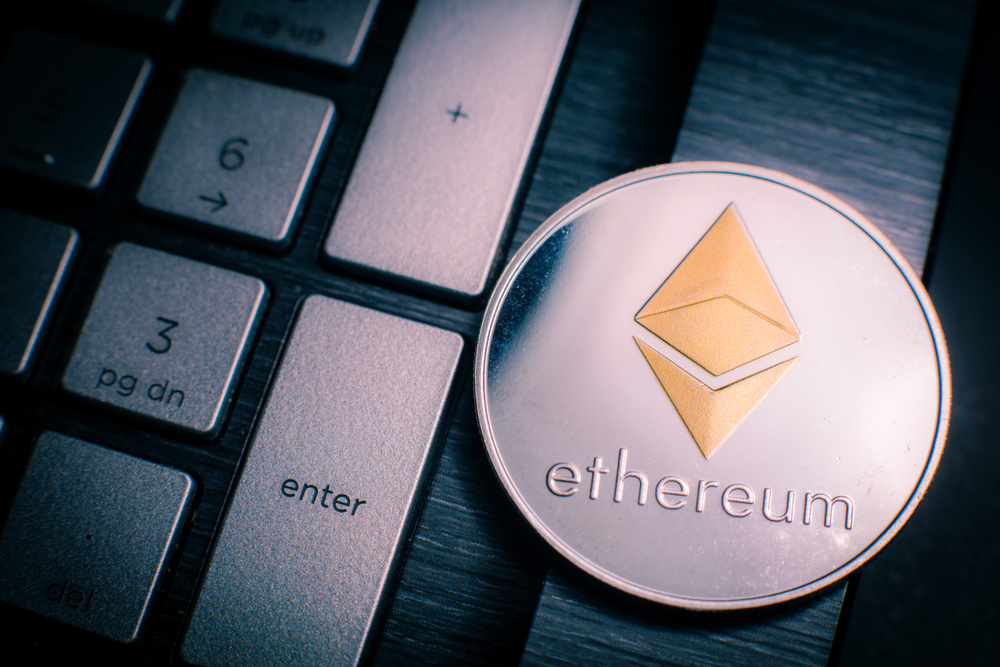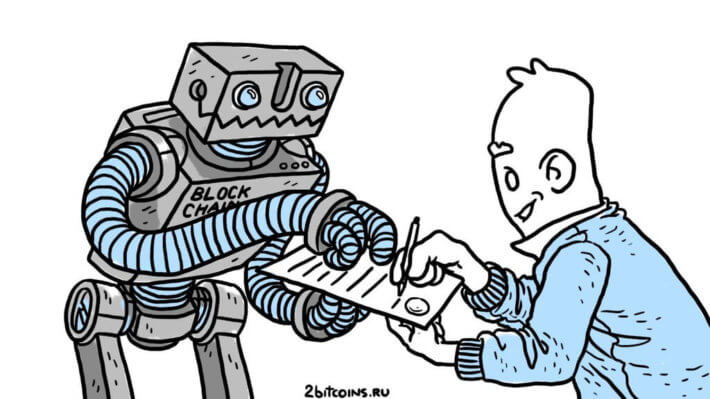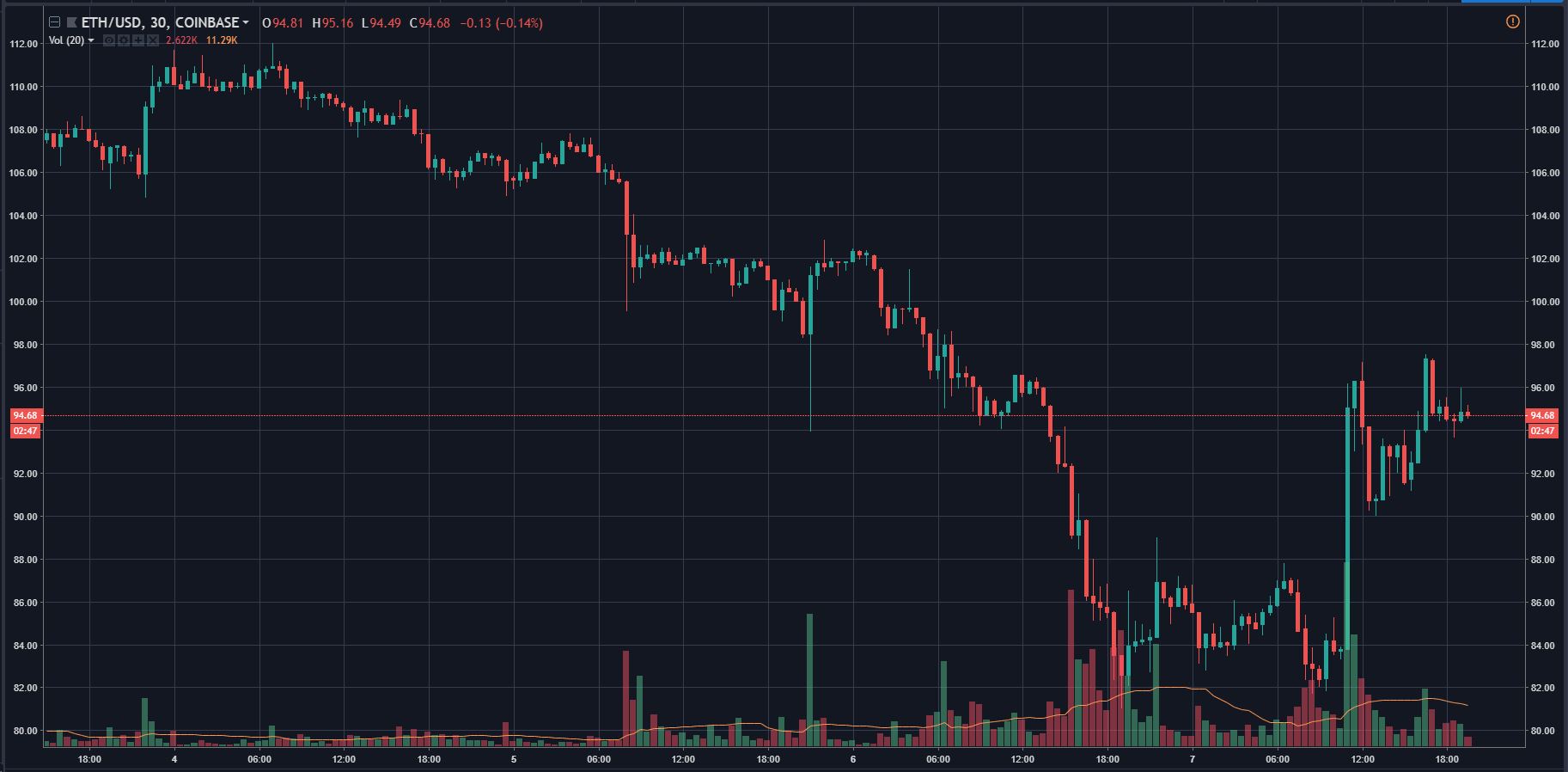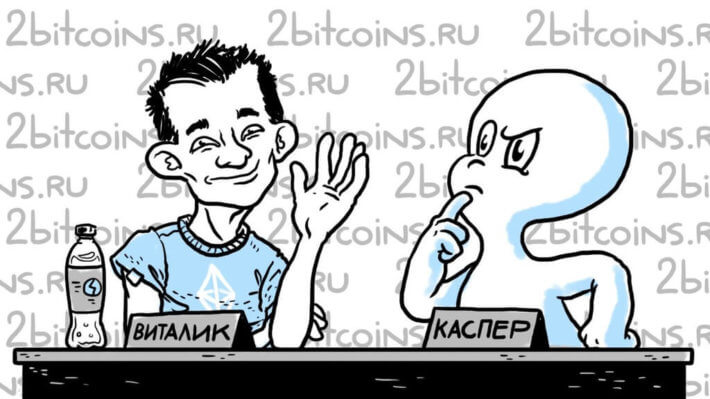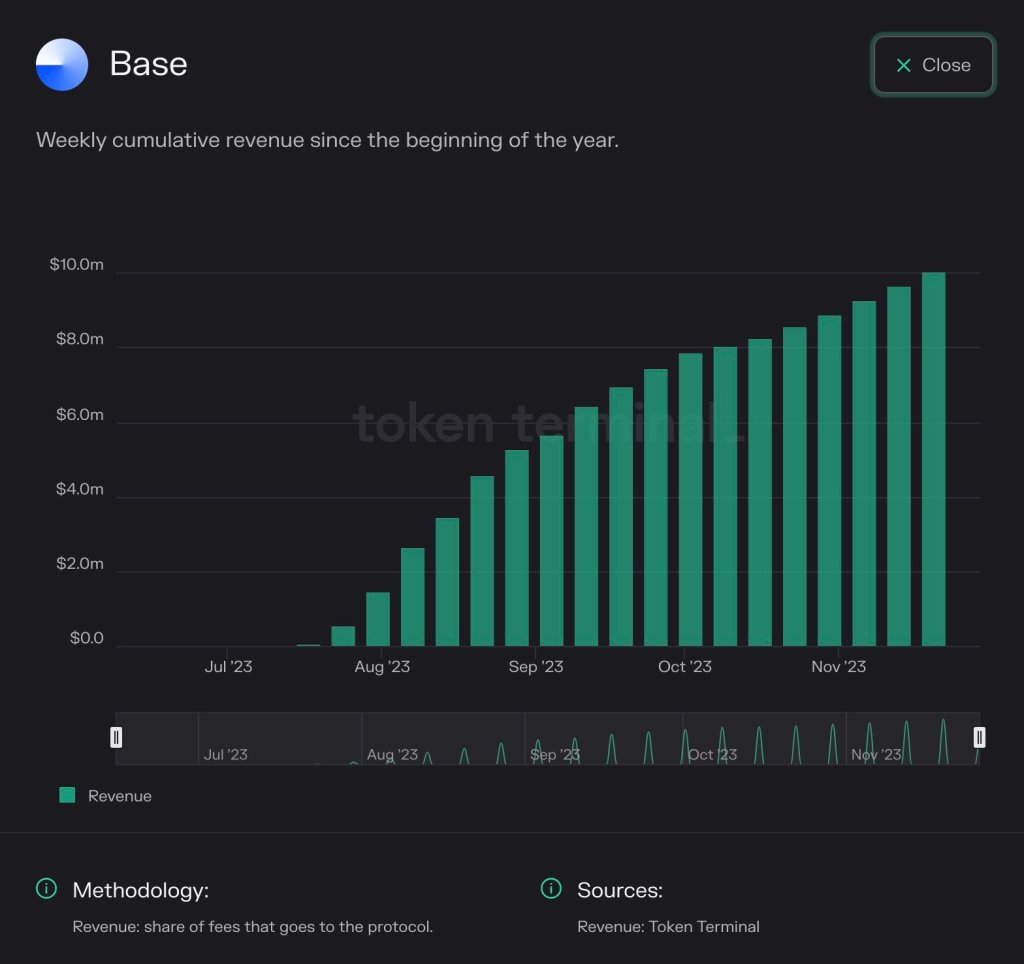
2019-1-10 00:20 |
The Ethereum community is preparing for a hard fork, as the next step on a road that will ultimately leave mining behind. At block height 7,080,000, the Constantinople update will change the rules for network consensus. The upgrade is expected to occur sometime between January 14th and January 18th.
Hard forks are system-wide updates that are supposed to be harmless but have become the scene of some community in-fighting. Ethereum’s most famous hard fork occurred after the DAO hack, when the majority of the community rewound transaction history to restore hacked funds to their original owners.
What is Constantinople?The new update, Constantinople, is “designed to improve the overall security, scalability, and functionality by addressing key technical points in the network’s code.” It is made up of five different Ethereum Improvement Proposals (EIPs), which “describe standards for the Ethereum platform, including core protocol specifications, client APIs, and contract standards.”
This upgrade will seek to ensure a smooth transition from the energy-intensive Proof-of-Work (PoW) algorithm to a greener Proof of Stake (PoS) algorithm.
Hailed as a maintenance and optimization upgrade, Constantinople features a series of small, but highly technical improvements to the Ethereum protocol. These improvements are designed to expand the overall functionality, security, and scalability of the largest smart contract platform. They will also include changes to Ethereum’s economic policy by reducing block rewards and removing the “Difficulty Bomb.”
The five EIPs in the Constantinople update are:
EIP 145: This EIP introduces a native ‘bitwise shifting’ that can run through bytecode at a cost that is on par with other arithmetic operations. EIP 1052: Introduces a new upgrade, where only the compressed code containing essential contract data is checked, as opposed to the whole code. EIP 1283: This EIP proposes reductions in the amount of Gas developers need to pay when building smart contracts and reduces excessive Gas costs when unnecessary. EIP 1014: This EIP allows for communication with off-chain addresses, which is an important use case for state channels. EIP 1234: Upon implementation, the “Difficulty Bomb” (also known as “ice age“) will be removed, and blocks will become less complex and faster to mine. This EIP will reduce the reward per block from 3 ETH to 2 ETH per block, over a built-in 12-month timeframe. How ProgPoW Will Work Until StakingIn anticipation of the shift to PoS, Ethereum devs have lobbied to implement Programmatic Proof-of-Work, otherwise known as ProgPoW. ProgPoW is an alternative PoW algorithm designed to close the performance gap between ASIC and GPU mining rigs.
Many within the Ethereum community have expressed concern over ASIC-mining domination on the platform as the number of ASICs on the network has steadily increased. They argue that if this continues, there is a risk that power could be consolidated among mining pools or rig manufacturers who can halt or significantly delay Ethereum’s shift to PoS.
To counter this, and simultaneously preserve the decentralization of the blockchain, Ethereum developers came to a consensus to implement ProgPoW. The ProgPoW algorithm has been specifically designed to match what is available on commodity GPUs.
ProgPoW would essentially drop the improvement ratio of specialized ASICs, making it untenable to even invest in them. ProgPoW is an ‘ASIC-resistant’ algorithm and works to ensure that mining power cannot be centralized by a few players.
What will staking ETH look like and how will users participate?The next big step after Constantinople is the Casper upgrade, when ETH token holders will be able to stake coins. Instead of mining blocks, network participants will be rewarded for running a node and holding ETH for a fixed period.
Stakers will be chosen randomly from a large pool of token holders, earning rewards that are proportional to the number of ETH they hold.
Staking also gives ETH holders decision-making power, allowing them to vote and ensure the legitimacy of transactions with the weight of their stake. For instance, if a user identifies a block they believe needs to be included in the blockchain, they will approve it by placing a part of their stake on the block. If the block gets added to the blockchain, the user will earn a reward proportional to their staked amount. Should the staker approve an incorrect or malicious block, they could lose their staked amount.
Who needs to run the Constantinople update?Since the upgrade is a hard fork, the network of computers running ETH software must either update or continue running independently. Overall, the Constantinople Ethereum update remains an essential update for both ordinary users and developers.
The author is invested in ETH, which is mentioned in this article.
The post Ethereum Maps Route To Constantinople And Beyond appeared first on Crypto Briefing.
origin »Ethereum (ETH) на Currencies.ru
|
|


